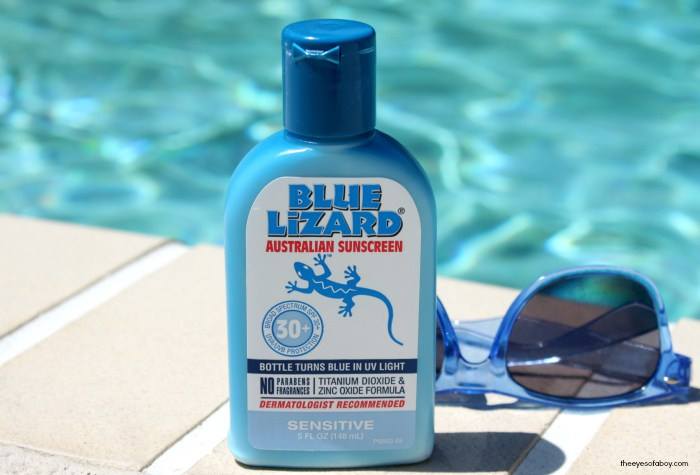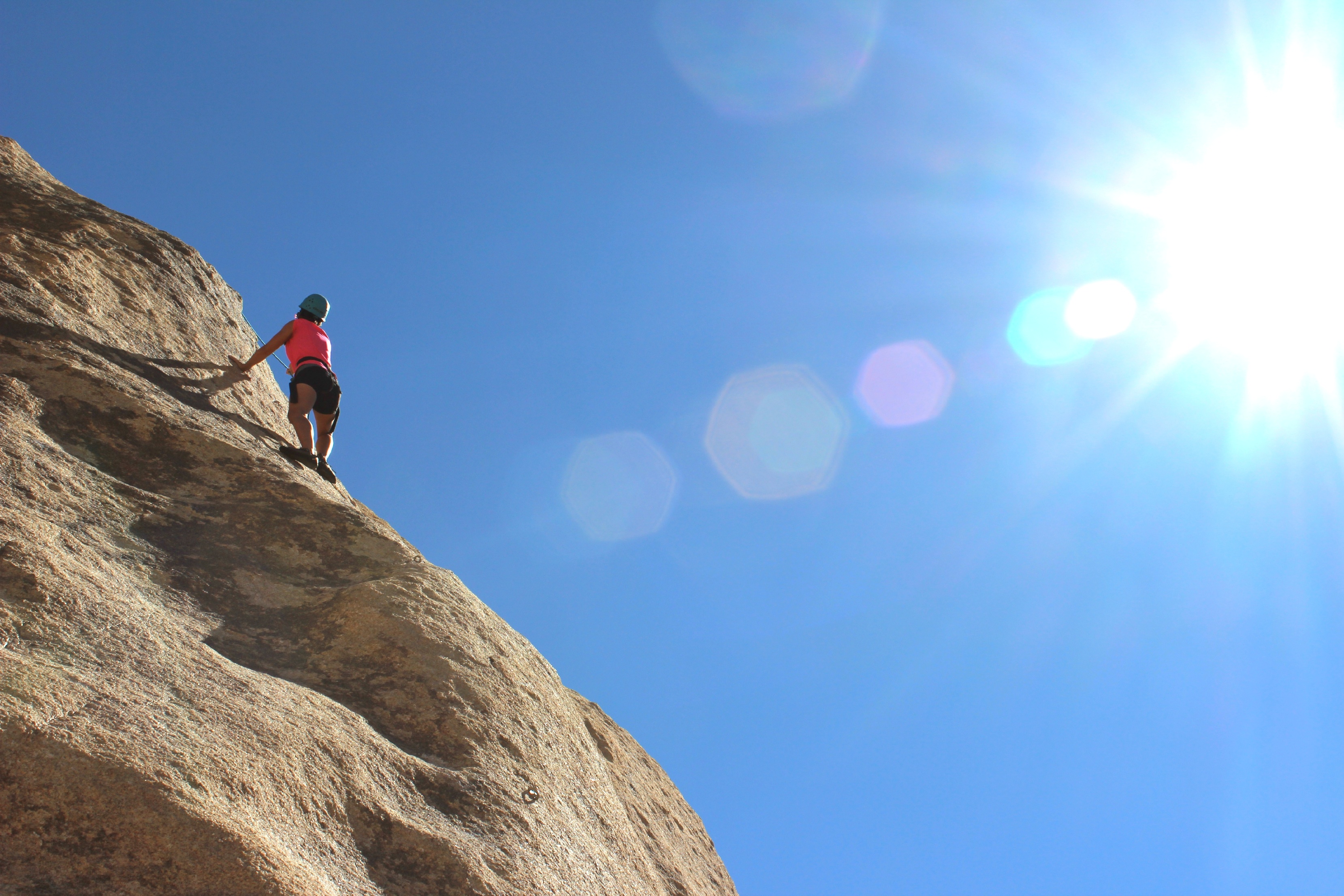We prefer to be outside as much as possible, and we have a feeling a lot of you do, too. And while we’ll take the beach over the cubicle any day, a day in the sun still requires some careful planning to ensure maximum awesomeness.
If you’ve found yourself wandering the sunscreen aisle at your local drugstore lately, or perhaps wandering a digital sunscreen aisle replete with reviews and testimonials and warnings and assurances, you know exactly how hard it can be to find a sunscreen that works for your active, all-natural lifestyle. Never fear, we waded through the all the options and research and have assembled some helpful tips to make sure your next beach day is a success in every way.
Tips to follow when grabbing that SPF:
- Start with the ingredients. It’s no surprise that we’re nerds for a good, clean ingredient list here at Perfect Bar. The gold standard in sunscreen ingredient education is the Environmental Working Group’s sunscreen guide. Check out the 2016 list here, which breaks options down into beach/sport, kids, and moisturizing categories for easy navigation. In general, you want to avoid the same toxins that you’d avoid for all personal hygiene products: fragrance, parabens, petrolatum, and formaldehyde, as well as anything you know you have a topical allergy to (duh).
- Understand the misconceptions. The EWG evaluates sunscreens based solely on ingredient lists (not independent testing), and has deemed some common ingredients, like oxybenzone and retinyl palmitate, to be unsafe based on studies that dermatologists deem inconclusive. So although their guide is a great place to start when selecting your sunscreen, it isn’t the end-all-be-all. Just like some of our friends swear by their vegan diets while others are meat-loving paleo devotees, sunscreen isn’t always one size fits all.
- Be label savvy. What’s the actual difference between SPF 15 and SPF 100? Sun Protection Factor (SPF) measures the percentage of time a product protects you against sunburn when compared with unprotected skin. SPF 15, therefore, should keep you safe 15 times longer than if you went unprotected. Since very few of us apply sunscreen as generously and as often as manufacturers recommend, though, it’s always a good idea to opt for a higher SPF than the bare minimum. How high should you go? According to WebMD, “There’s no need to go over SPF 50. We may soon not see labels that promise protection over 50 because the FDA believes there isn’t proof that a product can provide such high levels of sun protection.”
- Read the fine print. Somewhere below that big SPF number are usually some promises about water resistance and durability. What’s it all mean? Not much, it turns out. The FDA has actually ordered skincare companies to stop using the words “waterproof” and “sweatproof” since those claims are just too hard to prove and provide a false sense of security for the average sunscreen wearer. A good rule of thumb is to reapply your sunscreen every 1-2 hours when you’re swimming, sweating, or frequently toweling off for any reason. The fine print that you do want to look out for is “broad spectrum,” meaning that you’ll be protected from both UVA and UVB rays. UVA rays penetrate the deeper layers of the skin and have been shown to cause premature aging, and UVB rays penetrate more superficially and cause that sunburns. We’ll take a pass on both, please.
 Our recommendations. Were you worried we were going to philosophize all day without ever handing out some actual recommendations? We’d never leave you hanging like that. A great place to start is with a daily facial sunscreen, and Elta MD tops the list for many dermatologists with its clean ingredient list (two Elta MD varieties receive EWG’s highest grade) and user friendly formulations. For beach days and Marco Polo tourneys, Blue Lizard Sensitive has won praise for its paraben and chemical-free formulation and high zinc content (10%) without being too chalky or opaque (in case mime makeup isn’t your thing). If you need an option you can grab at your local pharmacy, CeraVe sunscreens — which contain moisturizing ceramides, are commonly recommended by dermatologists, and score EWG’s second highest grade — can be found in a store near you via the company’s online locator.
Our recommendations. Were you worried we were going to philosophize all day without ever handing out some actual recommendations? We’d never leave you hanging like that. A great place to start is with a daily facial sunscreen, and Elta MD tops the list for many dermatologists with its clean ingredient list (two Elta MD varieties receive EWG’s highest grade) and user friendly formulations. For beach days and Marco Polo tourneys, Blue Lizard Sensitive has won praise for its paraben and chemical-free formulation and high zinc content (10%) without being too chalky or opaque (in case mime makeup isn’t your thing). If you need an option you can grab at your local pharmacy, CeraVe sunscreens — which contain moisturizing ceramides, are commonly recommended by dermatologists, and score EWG’s second highest grade — can be found in a store near you via the company’s online locator.
It doesn’t take much to make a beach day epic, but with a little education and the right gear, every beach day can be carefree and awesome. So load your cooler with some Perfect Bars and beverages, and load your beach bag with a sunscreen that’s looking out for your whole self. And have a perfect day out there, friends!
Want more health hacks and wellness insights? We got you covered. You'll also receive a code for 15% off your first order!


